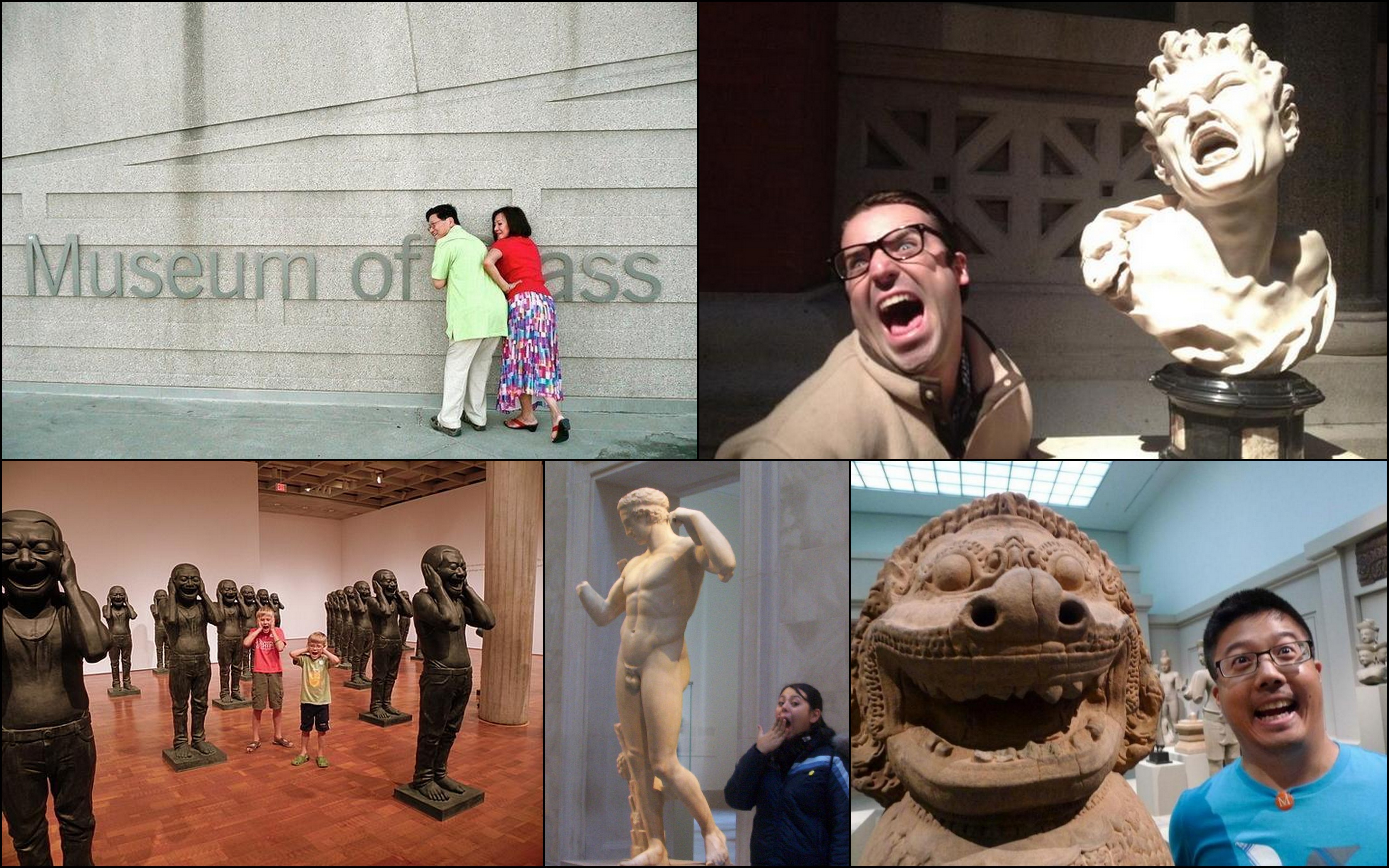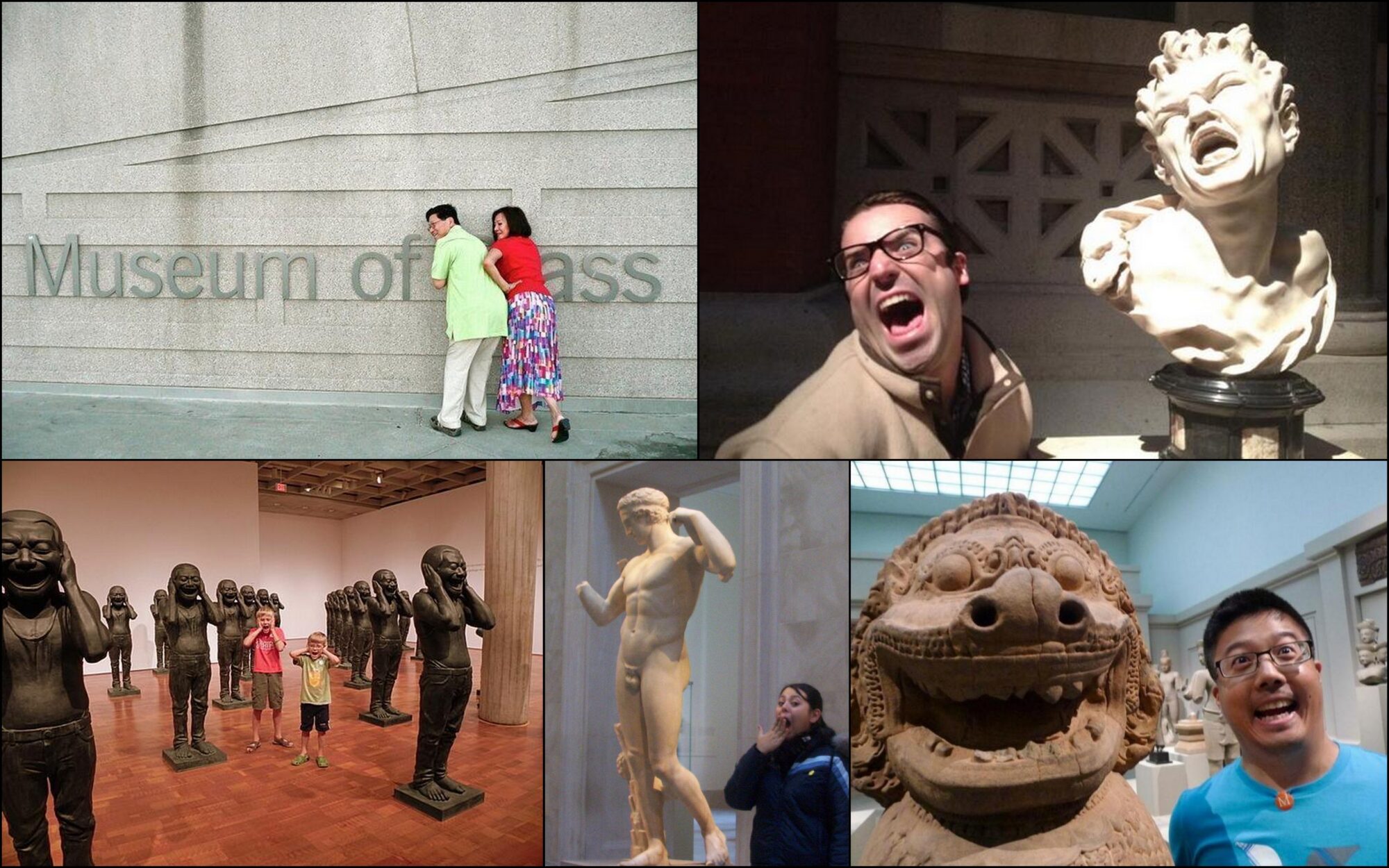Gallery with alias: PUBLIC_HISTORY_BLOG_POSTS not found

What’s more important: The museum experience or the history?
In “Want to do something good for yourself and the people you love? Go to a museum,” business marketing expert Colleen Dilenschneider gives us ten good reasons we should visit art, history, and specialty museums, science centers, zoos, aquariums, botanic gardens, arboretums, nature centers, historic sites and similar institutions.
Museums make you feel good
Museums make you smarter
Museums provide an effective way of learning
Museums are community centers
Museums inspire
Museums help bring change and development to communities
Museums are a great way to spend time with friends and family
Museum may be your next community partner or business endeavour
Museums need your support in order to keep educating and inspiring people
There is a museum close to you
According to Dilenschneidero and the American Alliance of Museums, nearly 865 million people visit museums each year (that’s 2.3 million visits per day) wanting and searching for the experiences she lists above. As public historians, our job is to think about the reasons our museums attract the public, and once they walk through our doors, how we can turn their visit into an experience they will value and remember.
Although it’s implied, there is another reason people should come to museums that should be made explicit: People want to have fun. As Dr. Seuss said, “If you never did you should. These things are fun, and fun is good.”
THE IMPORTANCE OF FUN
Fun is anything that offers amusement or enjoyment. It’s also a verb–as in, doing something that is fun. Laughing and smiling is having fun. And of course, fun is used to describe something: That roller coaster ride was fun! That music concert was fun! That ride in an old Model T was fun! That Civil War museum was fun! Wait, what?
We get it, not everything in life is fun. Since childhood, adults have been reminding us of this sad fact. And of course, certain museum experiences are just too solemn and serious to describe as amusing or enjoyable. We dare say, a visit to the United States Holocaust Memorial Museum is not fun.
But let’s pull back a moment and refocus on what can and should be fun for museum visitors–for all ages, not just the kids.
MAKE FUN HAPPEN
Perhaps the central challenge for public historians who want to interject fun into their museums is how to make museums, historical programs, tours, exhibits, and artifacts fun. Returning to Dilenschneider’s marketing advice is a great place to start. Museums should make us feel good and bring us together. They should inspire us to think about the world in new and interesting ways. They should be social centers. The museum experience should be human-centered.
A good example of a fun museum experience is the “Dig a Real Indian Arrowhead” activity installed by curator Dave Holoweiko at the Little Beaver Historical Society museum in Darlington, Pennsylvania. “I scatter small stone arrowheads (made in India) throughout a small wading pool filled with sand,” says Holoweiko, “and the kids get to dig around and pretend they are archeologists. When they find an arrowhead, their eyes really light up. They are especially happy when they learn they can keep their discovery and take it home with them. The whole experience is memorable for kids, parents, grandparents, and entire families.”
Mr. Holoweiko then uses this fun activity digging arrowheads as an experiential and educational introduction to the museum’s significant collection of authentic prehistoric artifacts.
EXPERIENCE MATTERS
At The Social Voice Project, it is our view that museums should first and foremost be centered on experience–fun or not. The experience is what people will remember, long after the fact catalog of names and dates are forgotten. Like in the restaurant business, a good museum experience will bring visitors back, encourage patronage, invite support, and validate our believe that history matters. A bad museum experience is ruinous in so many ways. Likewise, a boring, banal, dull, uneventful, and unenthusiastic museum experience is equally disastrous.
From national institutions on the capitol mall to local historical museums in library basements, it behooves public historians to think seriously about how to interject fun and excitement into their visitors’ experiences. As this CBS news report proves, museum fun is a powerful enticement and motivator when it comes to getting people to visit museums. And come back.
This post is inspired by the CBS Miami report: Millennials Drawn To Social Media Friendly Museums & Galleries – “CBS Miami’s Jamie Yuccas reports on a fun new approach to museums and galleries catered towards Millennials.”
PUBLIC HISTORY MATTERS
At The Social Voice Project, we celebrate history and people through our community oral history projects that give us a chance to look, listen, and record the voices and stories of our time. We encourage all local historical societies and museums to capture, preserve, and share their communities’ lived experiences, memories, customs, and values. Future generations are depending on it.
Contact TSVP to learn more about our commitment to public history and community oral history projects.
MORE ESSAYS & THOUGHTS ON PUBLIC HISTORY

You must be logged in to post a comment.